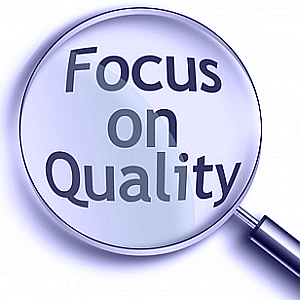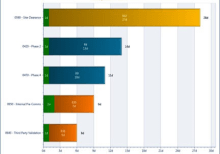Developing the project budget is a process for allocating administered and departmental funds necessary to build a financial foundation for producing stated project deliverables. When we talk about the project budget and financial resources we mean the solid framework that helps project managers to deal with the “on budget” part of the project implementation process. This framework involves cost planning and control. For successful delivery of the project product, the project manager should effectively estimate costs, track expenditure over time and adequately react to situations when the financial resources are over-spent or under-spent, or there are opportunities for savings in the project budget.
















